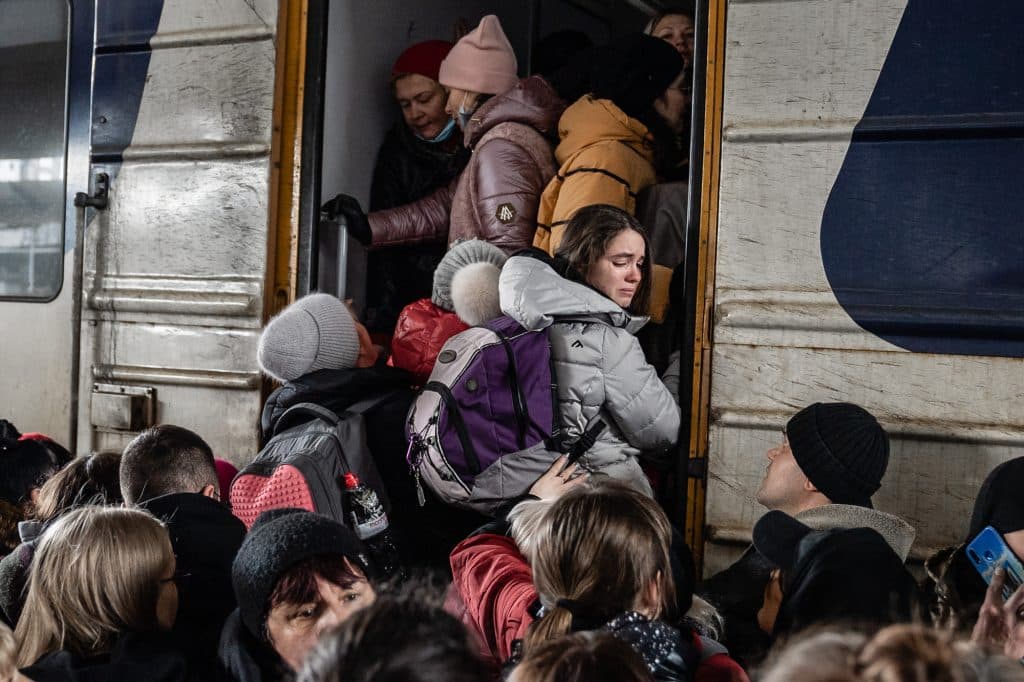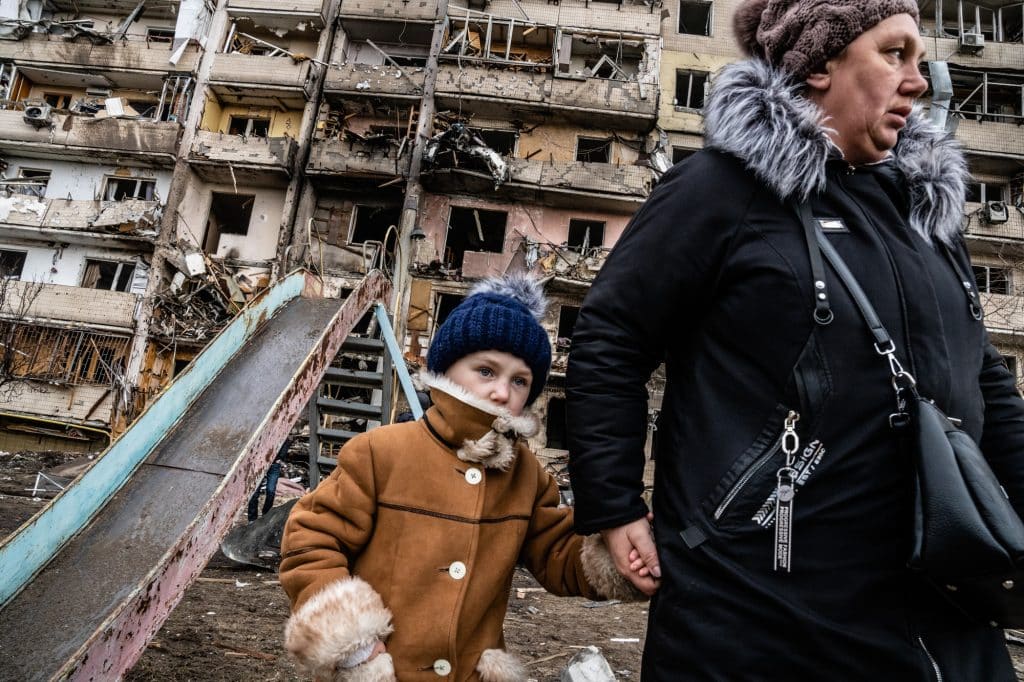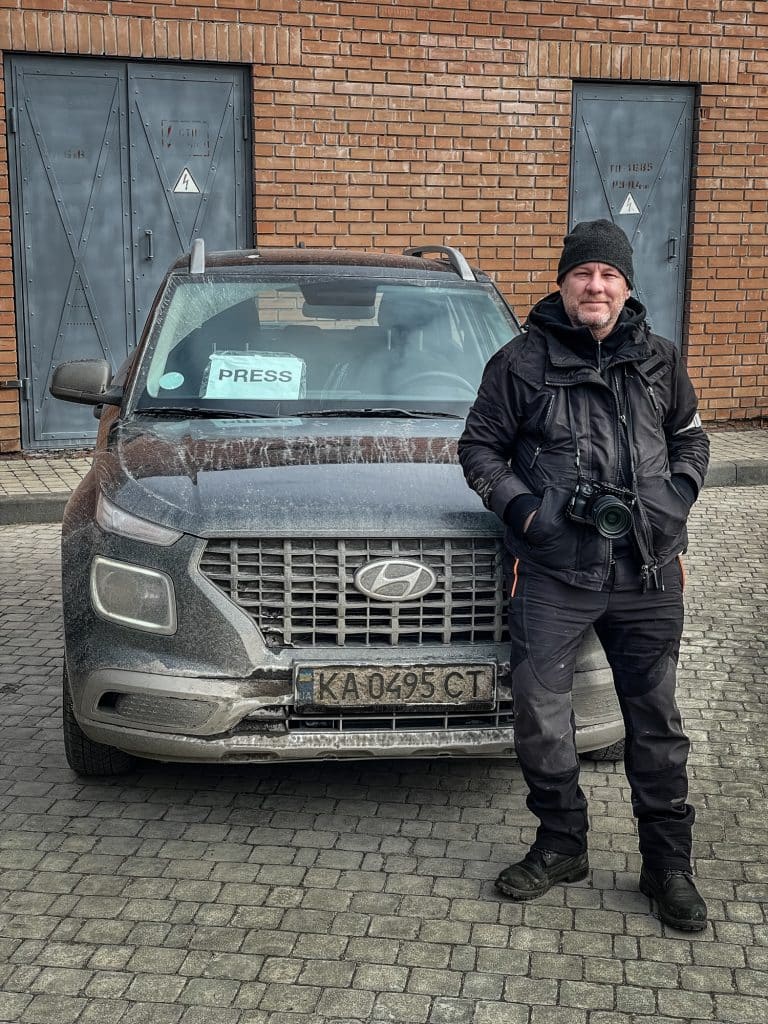On Tuesday, March 14, the French newspaper Le Monde published an article informing about the number of novice journalists or photographers who entered Ukraine to do their job. By the sense of duty, but also by romanticism, by desire to shine. “In the middle of last week, the Ukrainian authorities reported that more than 2,000 accreditations had been granted to foreign journalists,” the French daily wrote. “A colossal number, which adds up employees of most of the major European newsrooms, reporters from all over the world (Indians, Thais, Chinese, etc.) and this myriad of freelancers looking for a job.”
Le Monde interviewed several photographers, journalists and agency directors. One of them, Wilfrid Estève, associate director of the Hans Lucas collective, underlines their motivation: “For a young photographer, a conflict less than 2,000 kilometers from home is still a professional opportunity.”

On social networks, the subject of the inexperience of young reporters in Ukraine – who may arrive without bulletproof vests, helmets or emergency medical kits, and without ever having undergone first aid training – worries the photographers most used to this type of terrain.
During the same day, American photographer Timothy Fadek, known for his coverage of social issues and conflicts, represented by Redux Pictures in New York, professor of journalism at Columbia University and at International Center of Photography, was keen to react and offer some advice to those who take the most risks. Blind, who is currently working with several photographers in Ukraine, is publishing them today in its desire to support all photographers working there.
I’m aware the “young guns” covering Ukraine now will respond to this as “thanks dad”…but writing anyway as someone who has covered many wars and insurgencies over the last 20 years and has been in Ukraine now for over 7 weeks:
1. If you don’t have a helmet and Kevlar vest with plates, go home.
2. Wear your helmet to cover your forehead… If you are hit with shrapnel from an exploding artillery shell and it hits your face, you may survive. You will not survive if it hits you in the forehead.
3. The Russians are double-tapping strike zones, so when you go in with the rescuers to photograph the aftermath of a strike, be aware that a second strike might come. If you hear that whistle of something incoming, you have about a second to drop to the ground and find cover. So at every moment, you are in a strike zone, be aware of a wall or at least a foot of rubble that can offer you cover.
4. Have two tourniquets on you. If your leg artery is cut or severed, you have 30 seconds of consciousness, and you will need two tourniquets to stop the bleeding. Because the blood pressure is too high for one tourniquet to do the job. A minute without tourniquets and you will bleed out and die.
5. Be shoulder-to-shoulder with another journalist or trusted companion at all times, and they also must have the required medical kit, including tourniquets.
6. Face your car toward the road and away from the fighting. The extra seconds that it takes for you to back up and then drive forward could mean the difference between escaping unharmed or getting hit.
7. If you don’t have a sat phone or GPS tracker, at least activate live tracking via WhatsApp, and share that with your trusted people before leaving your base for the day.
8. Watch your health by getting enough sleep, taking breaks and eating well. Covid is a problem in Ukraine, so wear a mask whenever possible.

More information on Timothy Fadek on his website and on the site of Redux Pictures.



